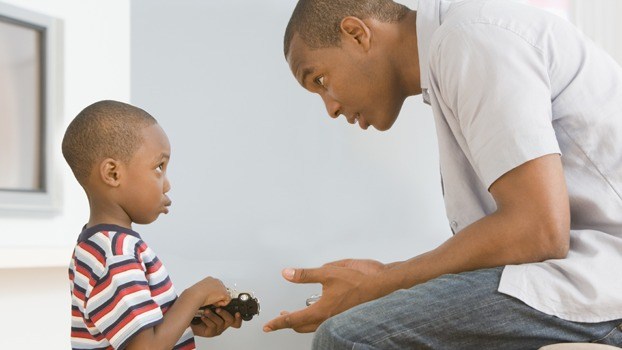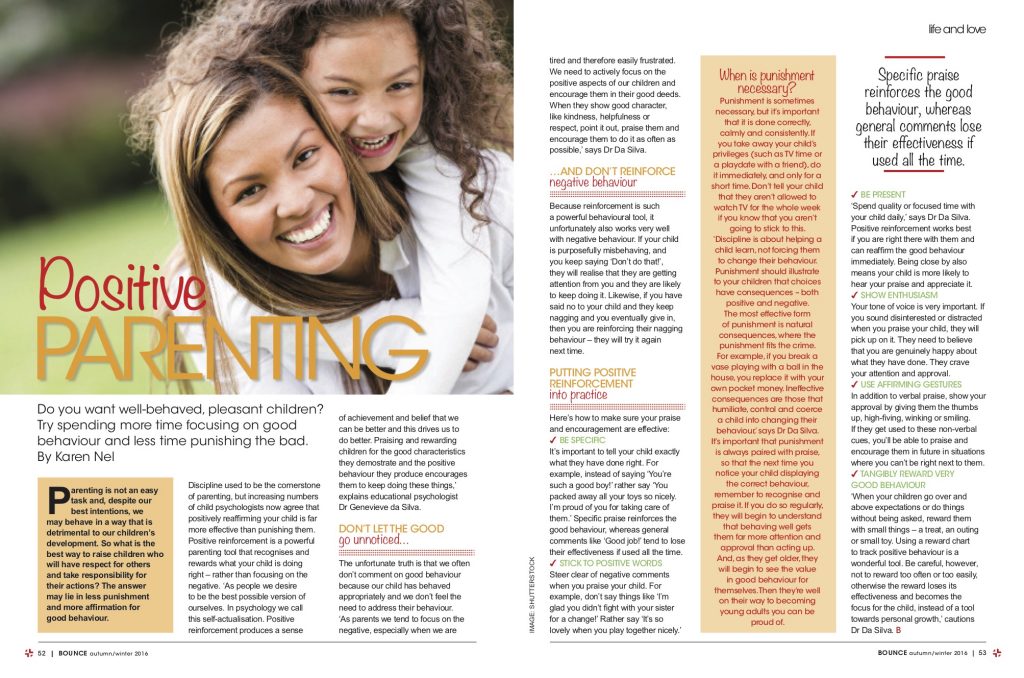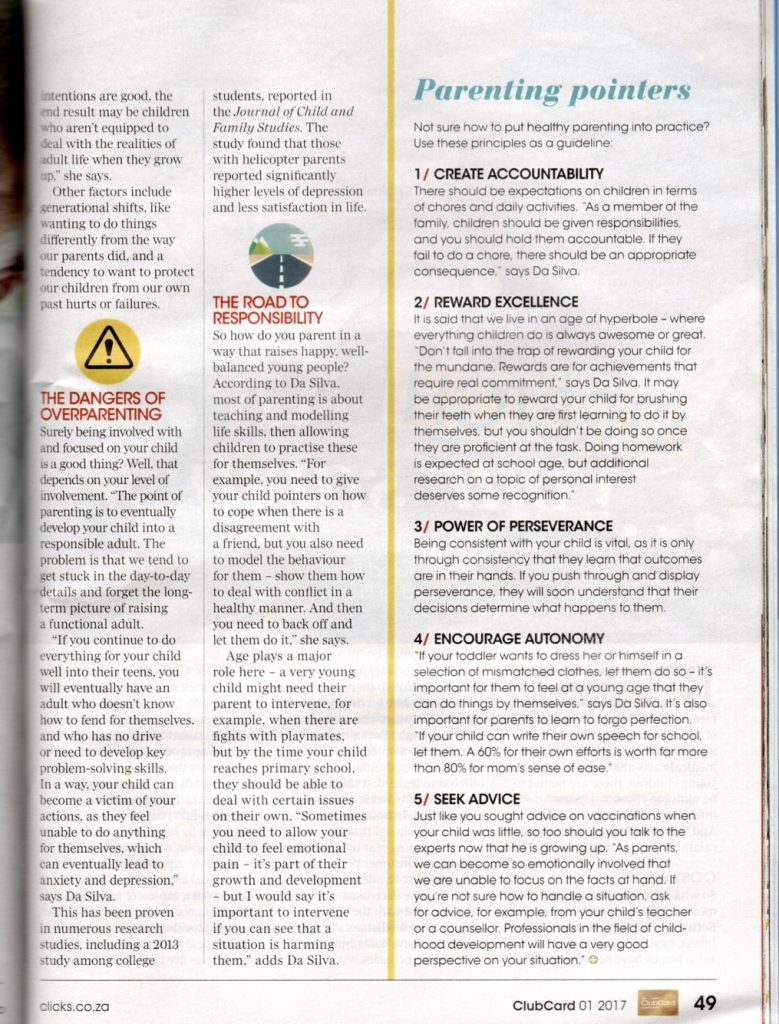
The rush and thrill of riding a rollercoaster inevitably thrusts a person to lose all dignity and composure. Without warning, from deep in your gut comes out a shrill shriek of fear or delight. At home, this often happens – an emotional explosion which erupts as fiercely as a volcano – usually resulting in tears, angry words, storming off and finally apologies. This is especially true when emotions are raw during a crisis season.
Just as adults need to work through the rollercoaster of crisis – firstly understanding what it is, where you are in the journey and what you are thinking, feeling and doing – you as an adult and parent can also assist your child to work through their own experience of crisis.
Children experience crisis in their own way as well. Often we can misunderstand their behaviour as defiance, tantrums or disobedience, when in fact it may be an expression of insecurity, overwhelming emotion or dysregulation. Things that cause you as an adult crisis, may not factor in your child’s life – yet the simplest things that we overlook, may cause great distress for your child.
So even though you may be seated next to one another through this roller coaster of crisis, you are likely to engage in a very different experience.
How can you help your child get through a crisis?
- Connection – Love is safety
Just as we need grounding and a moment to pause, so do our children. The best way for a child to feel at ease and safe is in the care of their loved ones.
Moms and dads, hold your child. Spend time playing with your child. Listen to your child. Let them have a moment with you where they know: All might be in chaos, but right now, I am safe! Use these moments of connection to help your child express their feelings. Reassure them that they are heard and validate their feelings. Be empathetic and see the world through their eyes. Communicate what you see in them, so that they are able to recognize what they are going through.
In doing this you give them a ‘snap-shot’ of their experience.
- Consistency – Regain a sense of normalcy
When everything feels out of control, one of the best ways to create a sense of normalcy for a child is to engage with a consistent environment.
What are some of your child’s favorite toys or games – use these to comfort and connect. Maintain the morning and evening routines, as best as possible. Create a basic daily plan that helps you and your child know what can be expected in a day.
Be consistent in your discipline and emotional responses – big freak-outs, rash punishments or pushing things under the rug do not help. Instead put a few guidelines or rules in place, with consequences. When these are overstepped, give the consequences calmly and consistently. Allow your child to experience their anger towards these consequences, then once things have calmed down talk about their choices, their feelings and more appropriate responses. Remember to connect with affection and remind them that they are loved unconditionally, but that specific behaviour is unacceptable.
When things go pear-shaped (because we all lose it sometimes), own your own role in the fall out, apologise and work through the steps of explaining your own feelings, unacceptable responses and how you would do things differently. Allow them to do the same and reconnect in a meaningful way.
- Can dos – Develop coping skills
Help your child figure out what they can do in a situation. After feeling connected and safe, help them to develop the skills and tools they need to take action and regain control of the little that they can.
Give them the opportunity to come up with ideas and manage their own boredom. Let them try new things (within safe boundaries). In your routine, give them the opportunity to decide on certain activities for the day. Chores may be a bore, but it helps them develop real-life skills, and can be fun with some creativity. Go for a walk, in the garden. Create an obstacle course in your house. Play board games or do home science experiments – let them learn through trial and error, losing and learning, and problem solving. Read stories and ask them questions “between the lines”, what/how/why do you think…? Ask them what would make them feel better/safer and help them work practically towards that.
As we all sit together on this rollercoaster ride, let me encourage you to engage in this process as both an individual and as one rider surrounded by many others. Make time daily to be alone and process where you are at. Step back and look at the situation with fresh perspective – a snapshot of your own experience, from the view of others, through the eyes of your little one. See what action you can take today to manage the moment you find yourself in.
Reach out to the people in the seats nearest to you – especially your children, engage one another and come together in this time of fear and insecurity. At some point the roller coaster must come to an end. How we experience the ride and how we disembark will depend on how we handle the journey now. Don’t do it alone. Let’s do this together! Perhaps as we come to the other side of this ride, what started as the ride from hell, turned out to be one hell of a ride!




